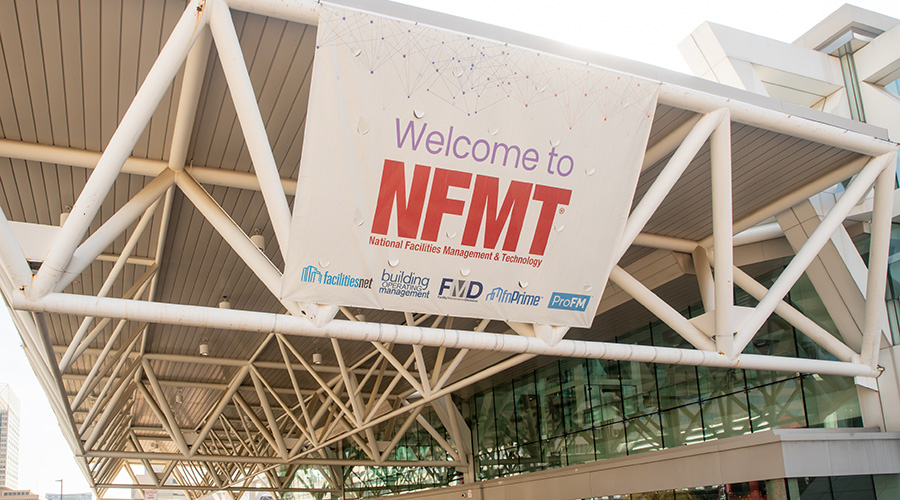 A comprehensive facilities management plan was created for Martin House in Buffalo, N.Y., following a $50 million restoration of the six-structure historic landmark, designed by Frank Lloyd Wright.
A comprehensive facilities management plan was created for Martin House in Buffalo, N.Y., following a $50 million restoration of the six-structure historic landmark, designed by Frank Lloyd Wright.10 Best Practices To Preserve Historic Landmarks
Each historical site is unique, but these strategies can help facility managers preserve historic buildings for years to come.
There are thousands of historically registered buildings and national landmarks throughout the United States. Each site is unique in design, size, and significance for the generation it represents and the stories to be told inside its walls. All of these historic landmarks share a common need to be cared for and preserved for years to come. The management team can consist of experienced and thoughtful executive directors, their employees, an army of faithful volunteers, and impressive members of their board of directors charged with the task of maintaining, updating, and renovating these buildings. However, most of these institutions are not-for-profit operations, often with constrained operating budgets and limited revenue streams. The challenge for each site management group is to maintain the property as good stewards while putting in place a program that will last for years to come.
There are simple practices that are used by professional facility managers that will greatly benefit the preservation of a historic building or landmark. By starting with a general outline and moving slowly towards the completion of a 10-step plan, a comprehensive program can be put in place.
While each site is unique, there are very important similarities that bring value for long term building maintenance plans which can be implemented by management groups.
1. Complete a Facility Assessment and Benchmark Cost Analysis
A facility assessment consists of an overall inspection and building condition analysis. Beginning with building construction drawings, the inspectors can determine the current condition of the facility’s foundation and walls, windows, roof, and systems such as HVAC, plumbing, electrical, IT, and utility services. The facility assessment will create a living document that provides the building owner with a comprehensive analysis of conditions, recommendations, and a priority matrix for areas of improvement for the facility.
Next is the completion of a benchmark cost analysis. This phase consists of obtaining all the costs associated with operations and maintenance of the building. Expenses typically include gas and electric utility costs, on-site management and labor costs, building materials and supplies, contracted services such as janitorial, security, and landscaping and snow removal, as well as fire and life safety, elevator, HVAC and electrical system preventive maintenance and repair. A total operations and maintenance cost is determined for the property, and a summary sheet of the various expense categories is developed. This cost can then be compared to other facilities of a similar size, use, age, and complexity based on square footage and other useful metrics. Together, the facility assessment and benchmark cost analysis provide an up-to-date review of their property and identify cost saving opportunities and areas of improvement.
2. Employ a Computerized Maintenance Management System
An electronic work-order management system is an essential tool that allows maintenance technicians to receive job requests quickly and in a time-stamped, written format. Work orders may also be input in advance to document scheduled preventive maintenance tasks at the facility. Job requests, sometimes referred to as “reactive maintenance,” may include replacing burned out lamps, adjusting the temperature in an area of the building that is too hot or too cold, or fixing a roof leak or plugged toilet. When a work order is submitted, a record of the time the request is placed as well as a prioritization for the work to be performed can be created.
Preventive maintenance requests are especially important for historic buildings since completed tasks provide a record of required work that is often unique to historic structures. Preventive maintenance tasks typically include roof inspections, clearing of roof drains and gutters, fire extinguisher testing, safety inspections, filter replacements, backflow prevention, and emergency generator tests. All inspections, reports, and tests are scanned and recorded for each task completed on an annual basis and become a permanent part of the overall processes and procedures for caretaking of the landmark.
Related Topics:















